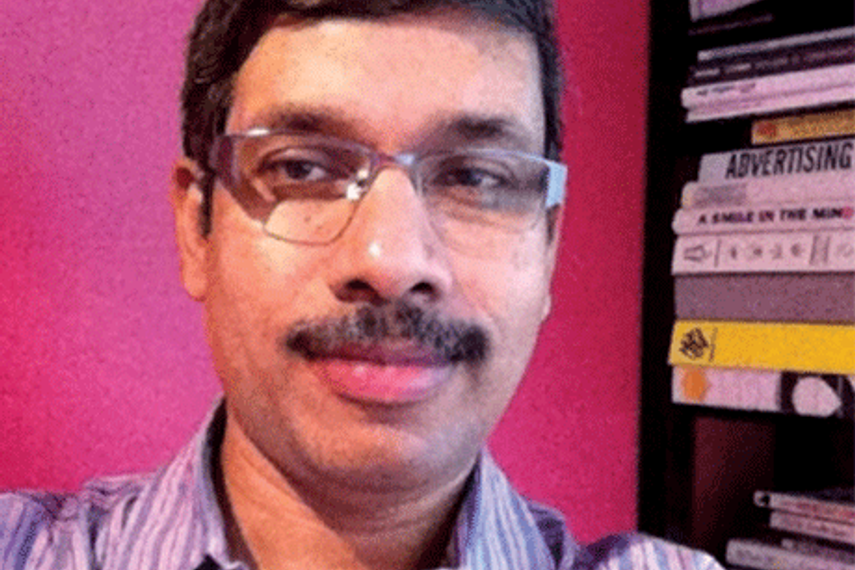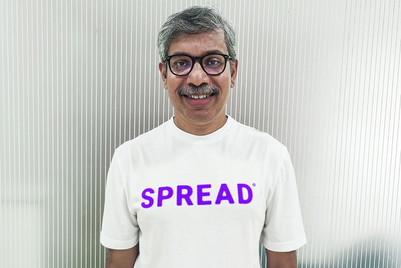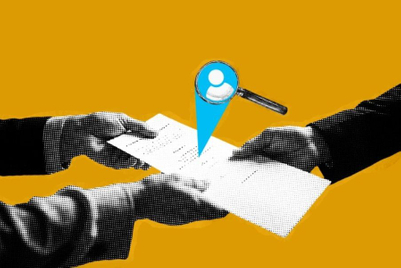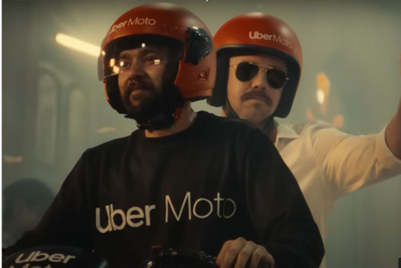
Arrgh! Caught again! Fiddling with my phone in the conference room. Blame it on Twitter. Or was it my friend Rayomand Patell making a move, trying to friend one of my friends on Facebook. How dare he? Anyways, not getting distracted now, and my ears hurt, ouch, with the dressing down I got for looking at the phone while in the middle of an important review. I know, I know, I should have left the phone in my bag.
Or should I have?
As I think about it now maybe I didn’t deserve that run down. Yes we had agreed, no phones in the conference room, but hey I was focused, serious. Not multi-tasking, but attentive in a continuous partial sort of way.
Come sir, look at it this way. Aren’t we all using multiple devices all the time? Mowing the lawn while shaving, no not that far. But I can see I have four different applications running on the computer right now. Additionally there’s music playing in the background, a phone buzzing as texts come in and go. But I am fully focused on this story. Promise.
Many of our customers are doing it too. According to this report from October of last year some 40% of people say that they have their mobile phone or tablet computer close at hand when watching television. Tell you something? I think the other 60% are lying.
So what’s the point of this ramble? I did carry my phone into a meeting when I had agreed not to. I said sorry! Multitasking has become a part of our lives. Agreed. And many people we know are having multiple devices around them all the time. Good point.
Well if you are a marketer, you have a problem. An attention problem. Imagine an early morning scenario. Mr Advertiser has this full-page ad in the paper and if it were a few years ago, we would have woken up, cleaned up and stepped out to pick up the newspaper and dived right in to be hit by the offer. But now chances are we wake up, and look up at the phone. We answer BBMs, SMSs or tweets that have come our way while we were asleep. Then we look up at the tablet computer if we have one.
We turn the TV on to watch anything that twitter might have alerted us about, and then we finally go out to look at the morning’s paper knowing that there’s only so much time to glance through the paper and maybe, maybe reach the ad.
Later in the evening as we watch TV, chances are we have our phones and computers around.
The BIG point I am getting at is this - We need to design for distraction. Because we have so many devices around feeding us stuff, and there is only so much time at hand (Forrester’s CEO George Colony in this wonderful presentation tells us that we humans are running out of time. Scroll to 15.20 if you are, well, short of time).
So as advertising and marketing people we need to factor in distraction as a key element in how we tell brand stories.
There are two answers here as I see it. The simple answer; we need to create more powerful and creative ideas. Easy you say? Well!
And two, we need to design ideas that can seamlessly take advantage of the many devices we have around. We are seeing QR Codes and augmented reality added to the content we put out, say in print. Like this one we did in print for Shoppers Stop. Or this one from Honda UK on TV with an app that let’s people catch stuff as they watch the ad of the new unpredictable life Honda Jazz ad. Wow!
There are many more such experiments going on out there. But these are early days really. Of understanding how people behave with multiple devices and using innovative ideas to engage with them.
Sure we can make a rule in the office that asks us to put away the phone while in meetings. Ask that from a consumer as he multi-tasks through life? And you will know who will be at the receiving end.
Nishad Ramachandran, vice president and head iContract, probably has the best job in the world surfing the net and talking stuff about Facebook, Twitter and YouTube


.jpg&h=334&w=500&q=100&v=20250320&c=1)
.jpg&h=334&w=500&q=100&v=20250320&c=1)



.jpg&h=334&w=500&q=100&v=20250320&c=1)



.jpg&h=334&w=500&q=100&v=20250320&c=1)








